Automated cars capable of roaming the streets while the driver literally takes a back seat may be some way off, but Renault might have come up with a simpler version that it says will be in production by 2020.
As part of research into advanced driving assistance systems (ADAS), engineers have equipped a Renault Zoe EV with hardware and software that enable it to drive autonomously at up to 20mph on specially designated, pedestrian-free roads such as urban dual carriageways.
While the Zoe takes the strain, the driver can use full internet connectivity to catch up with work or just relax. As well as making life more productive, autonomous cars are also intended to reduce accidents.
Renault’s system makes use of existing sensor technology. When the Zoe enters an autonomous driving zone it alerts the driver to the opportunity of handing over control, which is done by pressing a button. The driver can regain control at any time by resting his or her hands on the steering wheel and can pass it back to the car simply by removing them.
The low-cost hardware comprises GPS, a single forward-facing video camera mounted near the rear-view mirror, a forward-facing radar sensor and ultrasound sensors in the bumper.
Renault plans to begin introducing the hardware next year, supporting functions such as adaptive cruise control and traffic sign recognition. Automated driving can be enabled in the future by adding software and driver displays.
A technique known as data fusion combines the signals from the three different types of sensor to create a picture of the scene ahead. The system can interact with other vehicles and solid objects but cannot recognise pedestrians, cyclists or animals, hence the need for designated areas such as urban dual carriageways. It’s expected that existing stretches of road could be adapted without the need for a major road network overhaul.
Car parks at destinations such as workplaces will be dedicated to autonomous cars, which can be guided to the nearest free space by the car park’s infrastructure. Government initiatives are already under way in France to establish designated zones and car makers are being encouraged to take part.
The project was spawned by research into connecting cars with the environment, and includes services such as the internet, an autonomous valet parking system called ‘PAMU’ (for advanced urban mobility platform), vehicle-to-vehicle (V2V) and vehicle-to-infrastructure (V2I) communication using long-range wi-fi.
Inclined three-pot engine
This version of the TCe 90 898cc three-cylinder petrol engine is inclined at 49deg and fitted with an intercooler and a small, responsive turbocharger. Its shape creates less drag and is ideal for lower, streamlined architectures with a lower frontal area. It’s likely to appear in next year’s rear-engined Twingo.
Mobile phone screen tech comes to cars
The next big thing for in-car displays (and already available on the new Volkswagen Golf and Audi A3) is the capacitive discharge touchscreen, which delivers smartphone-style swiping and pinching for a more involving experience. Renault will start to use the tech within two years, to control infotainment, heating, air-con and sat-nav, and provide personalisation features such as variable ambient lighting.
Plug in hybrid and long-range EV
Next year Renault will show a Renault Clio-size plug-in hybrid concept capable of 141mpg.
The aim is to produce an affordable family car with CO2 emissions of just 50g/km by the end of the decade. The design will incorporate some composite materials and Renault is working on other weight reduction techniques, such as a rear hatch made almost entirely of glass, which saves 2.5kg compared with a conventional tailgate.
Renault has also revealed a prototype hybrid transmission, consisting of an all-in-one automatic gearbox and synchronous electric motor, which might be used in the concept. The transmission is subject to more than 30 patents and could be fitted to existing production cars.
Instead of friction clutches, space-saving dog clutches (which engage via interlocking lugs) connect or disconnect the transmission from the engine or driveline, allowing electric-only driving at up to 75mph. Renault won’t reveal the number of gear ratios but says several are used in both hybrid and EV modes.
Renault also says the range of its EVs will double by the end of the decade, putting the maximum range of a car like the Zoe at 260 miles. Improvements will come from more advanced lithium ion batteries combined with better aerodynamics and fewer drivetrain losses. Reducing a full charge time to two hours and a significant top-up to 10-15 minutes should also make EVs more viable.
Two turbos give downsizing a boost
Part of Renault's strategy to reduce CO2 through the use of downsized engines incorporates a new twin sequential turbocharger system, due to enter production next year. The system allows a 1.6-litre diesel engine to produce the same output as a 2.0-litre unit, but with the economy of the smaller engine. Boosting to a mighty 2.5bar, prototypes are said to be developing around 160bhp and 260lb ft.
A small, responsive turbo boosts from idle. The transition to the larger unit happens at 2000-3000rpm, with the bigger turbo taking over completely at higher revs. Eighty per cent of peak torque is available at 1100rpm, providing substantial low-down punch.
Steel pistons cut CO2
Due for introduction next year on a four-cylinder engine, Renault’s novel new piston, made from steel rather than aluminium alloy, is said to improve fuel consumption and CO2 emissions by around three per cent.
So far, steel pistons have only been used in heavy truck engines, but Renault claims the advantage lies in reduced friction due to the similarity in expansion rate between the steel piston and the cast iron bores. The expansion differential between aluminium and cast iron is much greater.
The pistons are short, like those in a Formula 1 engine, so they weigh the same as their deeper, aluminium counterparts.

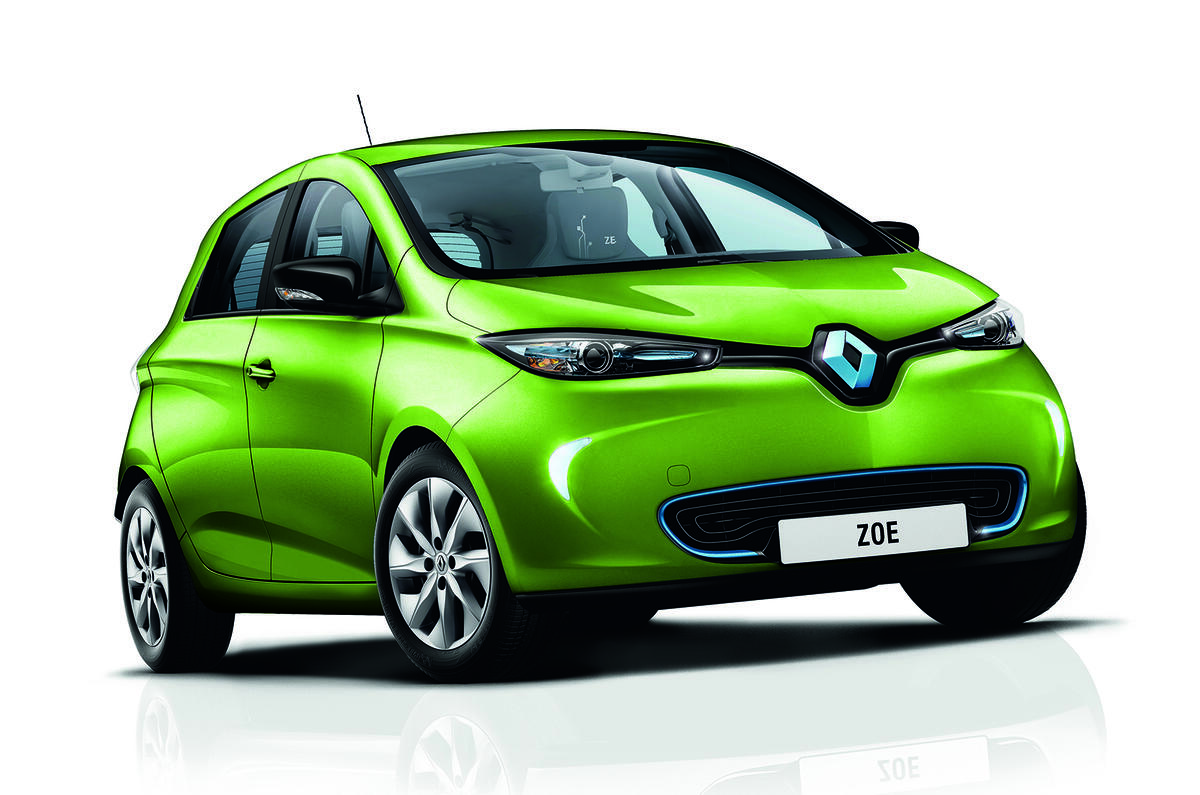

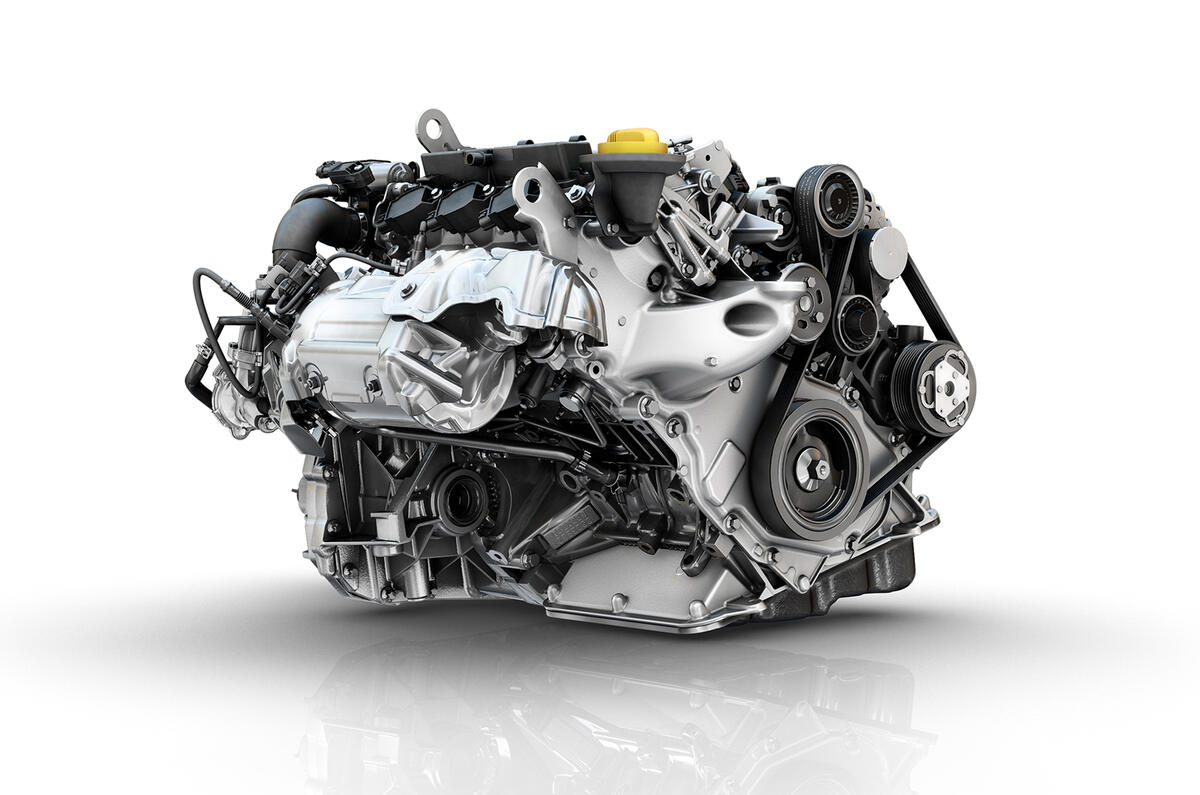

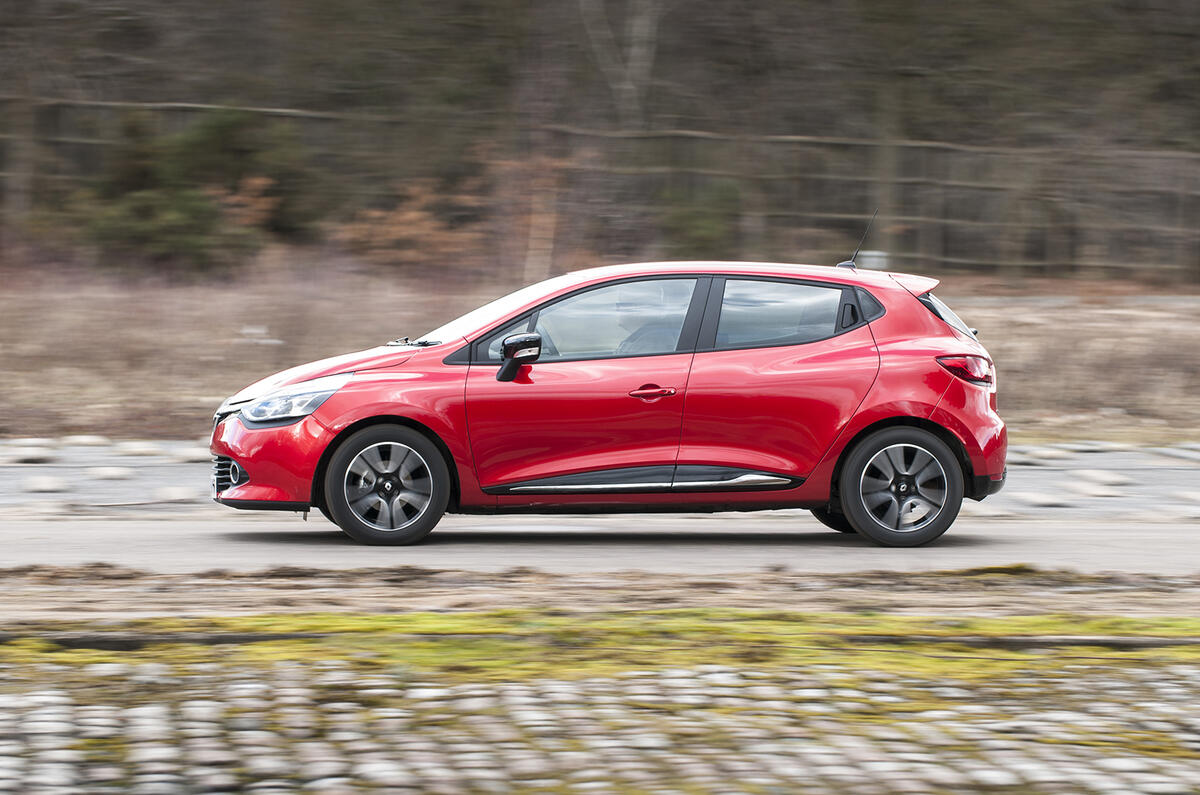
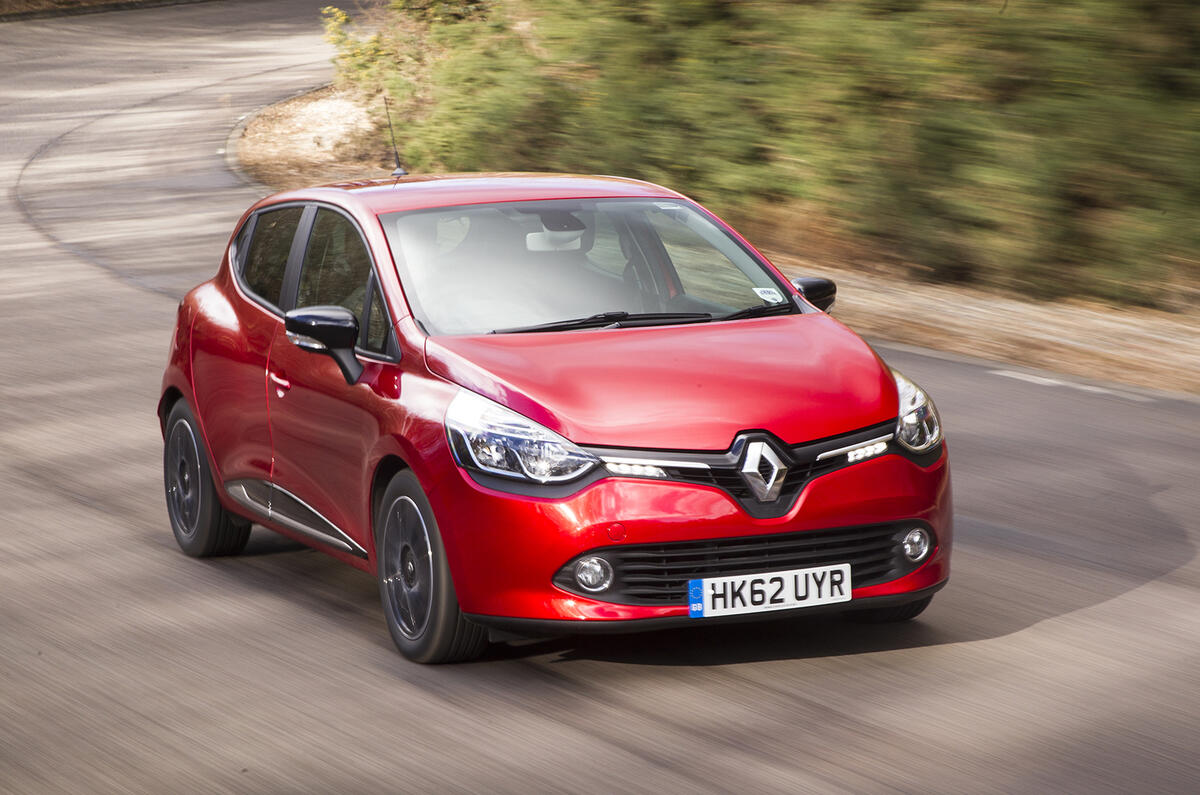
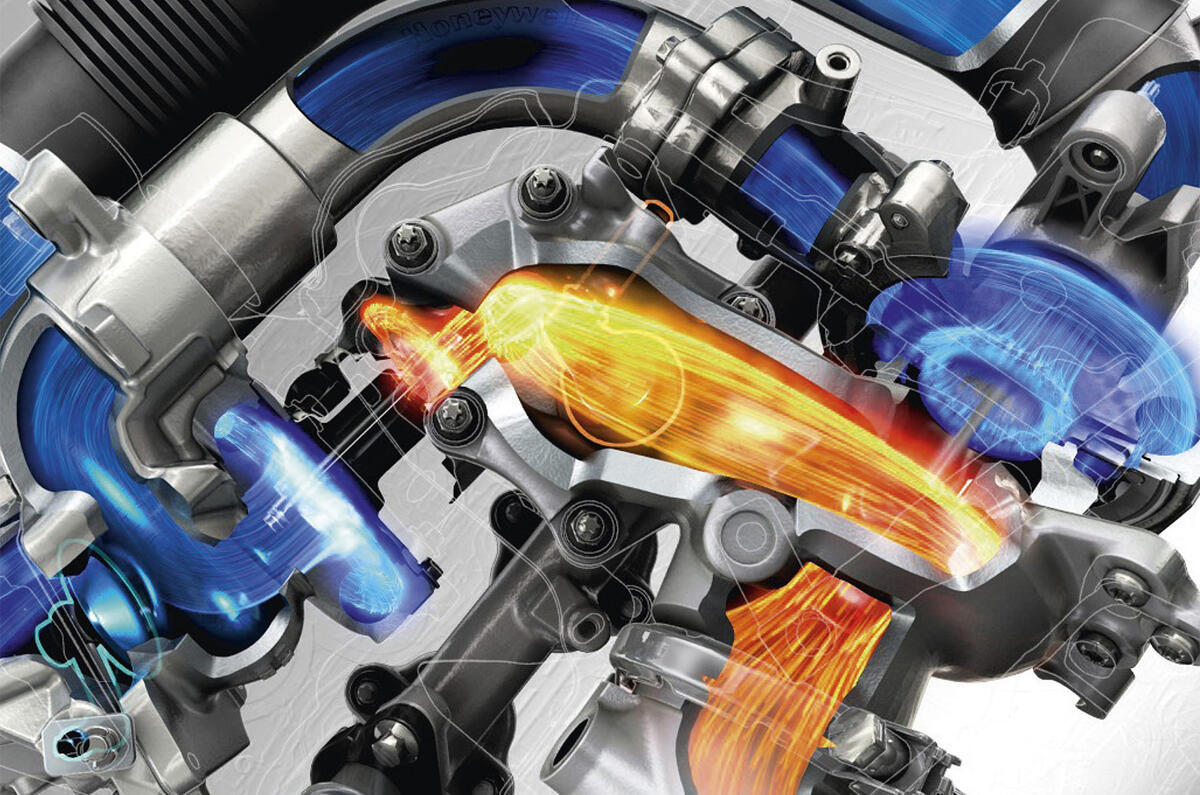
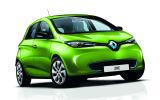
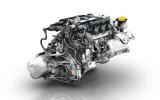
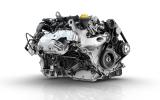

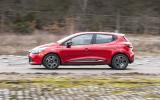
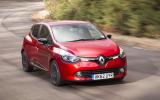



Join the debate
Add your comment
Sort yourselves out
Where Citroen are experimenting with simplicity, Renault appear to be going in the opposite direction, despite not being out of the woods financially. I hope it works, but I think they need to further strengthen their standard lineup before they make throwaway claims of autonomous vehicles being on the road by 2020.
Region specific?